You’ll encounter 360-degree video stitching software whenever you need to combine multiple camera feeds from a multi-lens rig into a single, seamless spherical video that viewers can navigate in all directions. This specialized software uses advanced algorithms to detect matching points across overlapping footage, eliminating visual gaps and distortion while compensating for color and exposure differences. The technology maps camera perspectives onto spherical projections, creating immersive experiences for VR, real estate, and entertainment applications. Understanding these tools can transform your video production capabilities.
Understanding the Fundamentals of 360-Degree Video Stitching
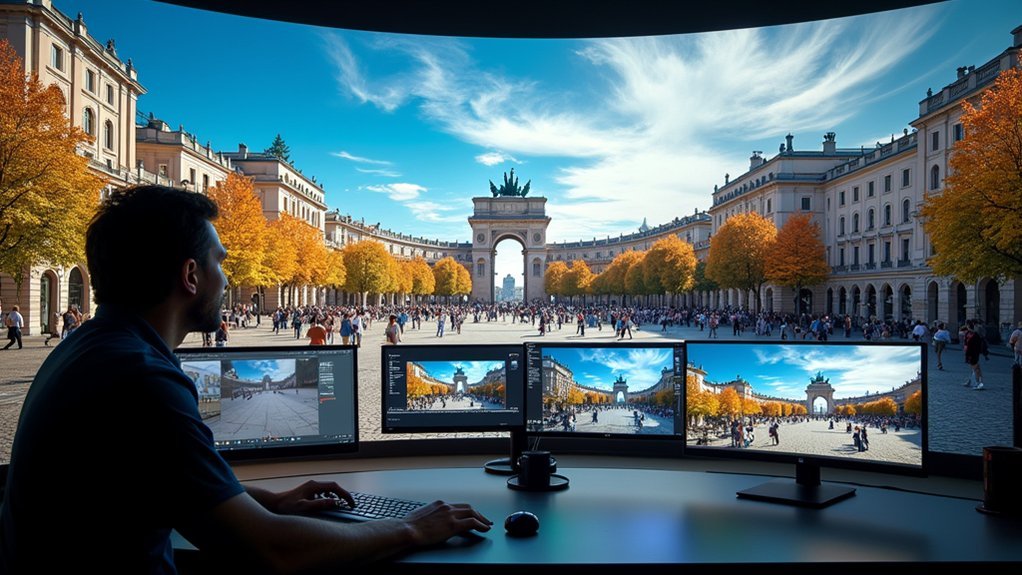
Creating immersive 360-degree videos requires specialized stitching software that combines multiple video streams from different camera lenses into one seamless panoramic experience.
This video editing process works like assembling a complex 3D puzzle, where you’ll merge footage covering a complete 360-degree by 180-degree field of view.
Your stitching software processes overlapping fields of view from each camera lens, eliminating blind spots that could break the immersive experience.
Advanced stitching algorithms seamlessly merge overlapping camera feeds, creating continuous panoramic coverage without visual gaps or distortion artifacts.
You’ll need proper overlap between camera angles to guarantee smooth shifts and realistic panoramic results.
Professional stitching software typically includes advanced features that enhance your final output.
You’ll find tools for color correction, stabilization, and blending that improve video quality.
The software analyzes input footage, matches corresponding points, and seamlessly blends boundaries to create your complete 360-degree video.
How 360-Degree Video Stitching Technology Works
Modern stitching technology operates through sophisticated algorithms that automatically detect and align matching points across your camera feeds. Your video stitching software analyzes overlapping sections between multiple cameras, identifying common visual elements to create seamless connections.
The system compensates for color variations, brightness differences, and exposure inconsistencies between feeds, ensuring uniform visual quality throughout your panoramic output.
During processing, the software maps each camera’s perspective onto a spherical projection, blending edges where footage overlaps. Advanced algorithms calculate precise alignment coordinates, eliminating visible seams or distortions.
You’ll find that modern solutions can stitch video in real-time, supporting high-resolution formats for professional immersive videos. Some programs offer automated processing, while others provide manual controls for fine-tuning specific areas where automatic detection struggles with complex scenes.
Key Differences Between Built-in and Third-Party Stitching Solutions
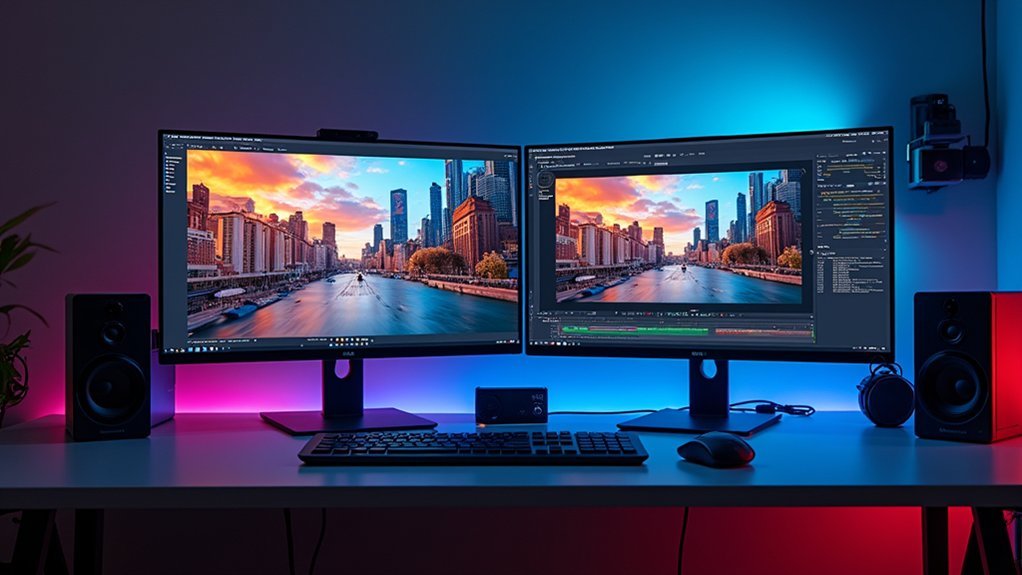
You’ll face two primary considerations when choosing between built-in and third-party stitching solutions: cost and feature complexity.
Built-in software comes free with your camera but offers basic automatic stitching, while third-party options require payment but deliver professional-grade tools and extensive customization.
Your choice depends on whether you’re willing to invest in advanced capabilities or prefer the simplicity of manufacturer-provided tools.
Cost and Accessibility
Two distinct pricing models dominate the 360-degree video stitching landscape, each targeting different user needs and budgets.
Built-in stitching software comes free with your camera purchase, offering immediate accessibility without additional investment. You’ll find this option perfect if you’re starting out or need basic functionality.
However, third-party stitching solutions typically require payment, reflecting their advanced features and professional-grade capabilities.
The cost difference impacts accessibility considerably. Free built-in options make 360-degree video creation available to anyone with a compatible camera, though editing capabilities remain limited.
Premium third-party solutions demand financial commitment but deliver extensive tools and customization options. You’ll need to weigh your budget against required functionality when choosing between immediate accessibility and enhanced professional features.
Feature Set Complexity
Beyond pricing considerations, the feature sets between built-in and third-party stitching software reveal stark differences in complexity and capability. When you’re choosing a video stitching app, you’ll find that built-in solutions focus on automatic merging with minimal editing features. Third-party software delivers advanced editing tools, manual control, and extensive customization options.
| Feature | Built-in Solutions | Third-Party Software |
|---|---|---|
| User Interface | Straightforward, beginner-friendly | Complex, requires technical expertise |
| Editing Capabilities | Basic automatic stitching | Advanced color correction, real-time stitching |
| Manual Control | Limited adjustment options | Extensive customization and fine-tuning |
| Processing Features | Simple clip merging | Complex stitching algorithms |
| Learning Curve | Minimal technical knowledge required | Steeper learning curve |
You’ll need to balance complexity against your specific production requirements.
Essential Features to Look for in Professional Stitching Software
When you’re evaluating professional stitching software, you’ll want to prioritize real-time processing capabilities that let you see results instantly rather than waiting through lengthy rendering times.
You’ll also need robust multi-camera format support to guarantee your software can handle footage from different 360-degree camera brands and their unique file specifications.
These two features form the foundation of an efficient workflow that won’t bottleneck your production timeline.
Real-Time Processing Capabilities
Speed transforms how you approach 360-degree video production, and real-time processing capabilities stand as one of the most essential features in professional stitching software.
You’ll gain immediate feedback during the stitching process, enabling on-the-fly adjustments and instant visualization of changes. High-quality stitching software utilizes Optical Flow Technology to enhance accuracy and smoothness during playback.
You can preview stitched footage in real-time, ensuring stitch lines and overlapping areas blend seamlessly before final rendering.
Professional software should support real-time color correction and stabilization features, maintaining consistent image quality across multiple camera feeds.
Efficient real-time processing reduces post-production time considerably, allowing you to focus on storytelling and content enhancement rather than lengthy rendering times.
Multi-Camera Format Support
Dozens of camera manufacturers produce 360-degree recording equipment, each with unique file formats and specifications that your stitching software must accommodate.
Multi-camera format support guarantees you can work with footage from various sources, whether you’re using multiple fisheye lenses or traditional 360-degree cameras. Your stitching software should handle diverse video files seamlessly, maintaining quality across different formats.
Look for solutions that provide accurate alignment and synchronization tools, preventing discrepancies between camera feeds.
Advanced stitching solutions include lens distortion correction and color matching features, guaranteeing visual consistency across all sources. Real-time stitching and preview capabilities streamline your workflow, giving you immediate feedback on multi-camera projects.
This thorough format support eliminates compatibility barriers and maximizes your creative flexibility.
Popular 360-Degree Video Stitching Software Options
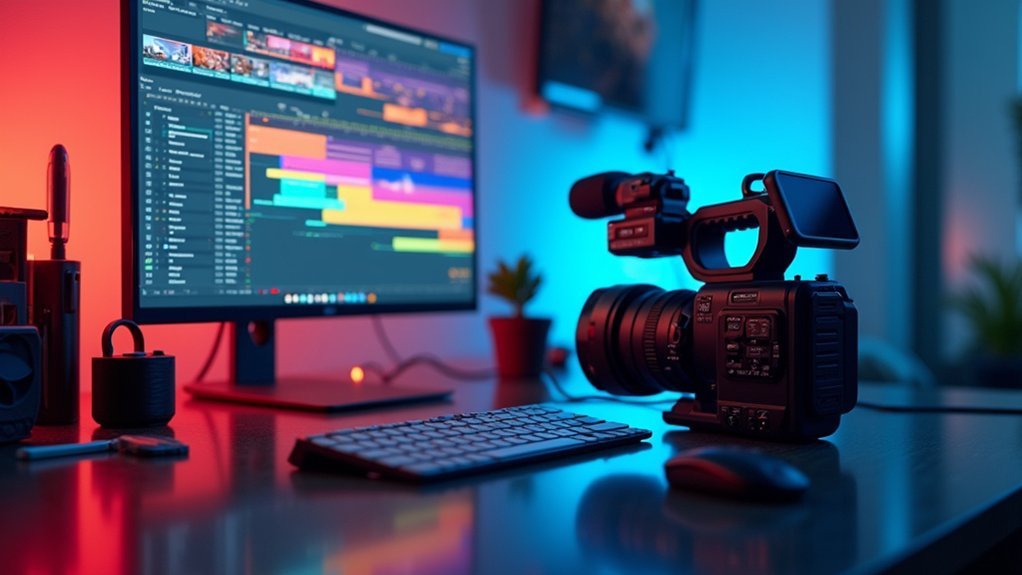
Several powerful software solutions dominate the 360-degree video stitching market, each offering unique strengths for different production needs.
The 360-degree video stitching landscape features diverse software options, each designed to meet specific professional production requirements and workflows.
When selecting popular 360-degree video stitching software, you’ll find Adobe Premiere Pro leads with its timeline-based editing and industry-standard tools for customizing 360 videos.
Mistika VR stands out as an award-winning solution featuring Optical Flow Technology that delivers high-quality results and advanced editing capabilities for professionals.
StereoStitch excels in real-time processing with robust color correction features, making it ideal for immersive content creation.
Since Kolor’s Autopano is no longer available, you can turn to Foundry’s Nuke with CaraVR for complex projects.
These stitching tools offer varying approaches, from automated processing to manual control, ensuring you’ll find suitable options regardless of your technical expertise or project requirements.
Best Practices for Achieving High-Quality Stitched Videos
Quality becomes paramount when you’re working with 360-degree video stitching, and implementing proven best practices will dramatically improve your final results.
You’ll need at least 30% overlap between your fisheye lens footage to enable seamless blending. Use your camera’s calibration data to enhance accuracy and minimize stitch line discrepancies caused by varying light conditions.
Test different stitching software options—both manufacturer-provided and third-party solutions—to find what works best for your project.
During the stitch process, focus on color matching and stabilization to create cohesive output.
Before finalizing your project, stress test your workflow and capture test footage. This proactive approach helps you identify potential issues early and optimize your high-quality stitched videos production process.
Industry Applications and Use Cases for 360-Degree Stitched Content
While technical excellence in stitching matters, the real value emerges when you see how diverse industries transform their operations with 360-degree video content.
Virtual reality applications showcase the most compelling use cases. You’ll find immersive experiences revolutionizing gaming, training simulations, and virtual tours that dramatically boost user engagement.
Real estate professionals leverage 360-degree video stitching to create thorough property walkthroughs, letting buyers explore homes remotely.
Telecom and utility companies employ this technology for mobile mapping and field inspections, enhancing operational safety and efficiency.
Mapping firms use stitched content for precise geographical modeling and AI algorithm training.
Entertainment venues broadcast live events through 360-degree video, placing audiences directly in the action for truly immersive experiences that traditional filming can’t match.
Frequently Asked Questions
What Is the Best VR Stitching Software?
You’ll find Mistika VR and StereoStitch among the top choices, offering advanced optical flow technology and real-time capabilities. Adobe Premiere Pro provides excellent professional features, while most software offers free trials you can test.
How to Stitch Together 360 Video?
Import individual lens videos into specialized stitching software like Autopano or Premiere Pro. Confirm overlapping fields, synchronize footage, create lens presets, adjust stitch lines, review for color matching, then render your final output.
What Is the Purpose of Stitching Software?
You’ll use stitching software to seamlessly combine multiple camera feeds into one cohesive 360-degree video. It eliminates gaps between overlapping footage, creating immersive panoramic experiences for virtual reality applications and professional video production.
What Is 360-Degree Video Editing?
You’ll manipulate and enhance immersive footage using specialized software to integrate visual effects, changes, and audio. This process creates engaging experiences for virtual reality applications across industries like real estate, entertainment, and education.


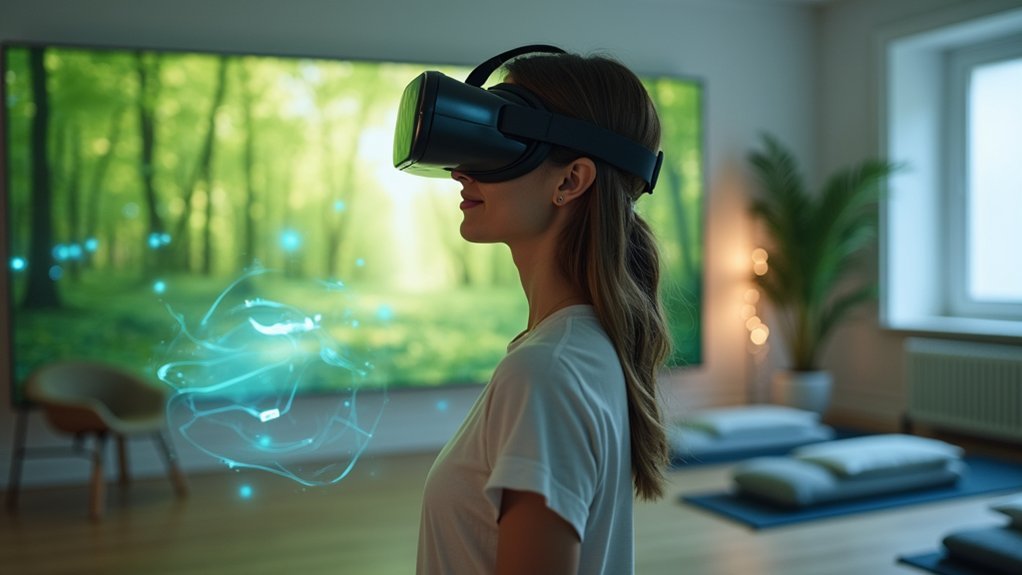
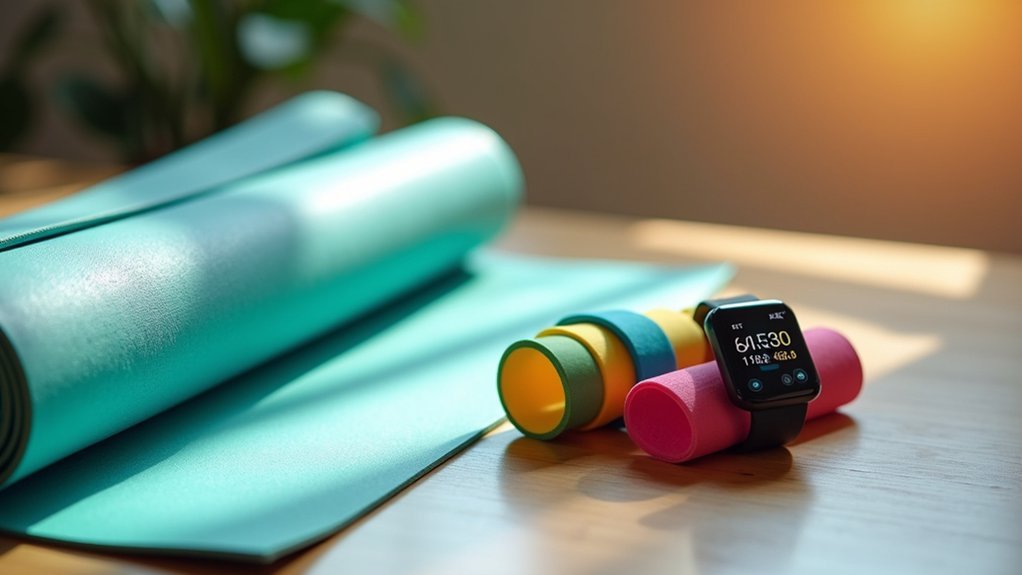
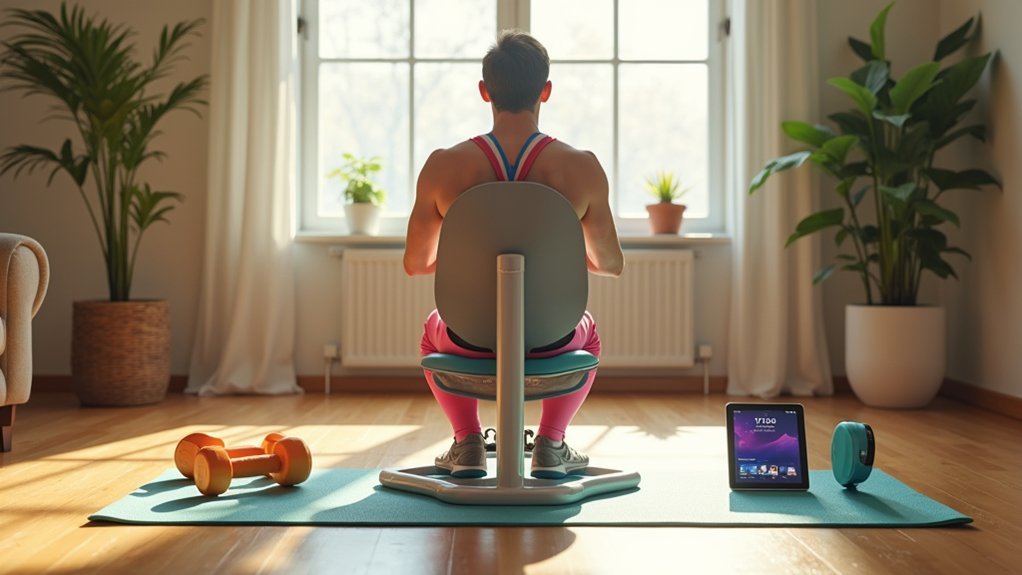
Leave a Reply